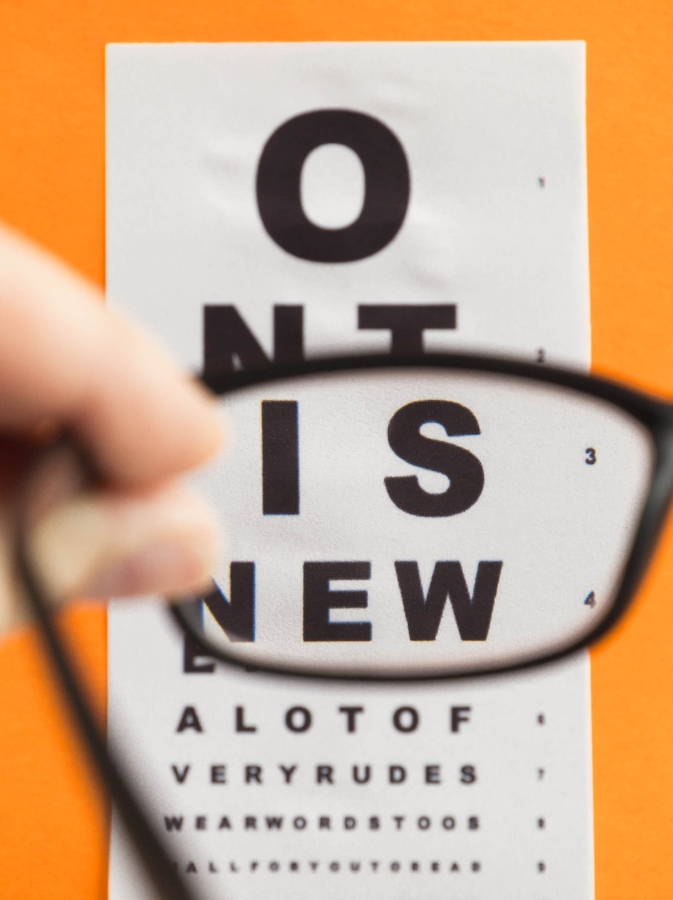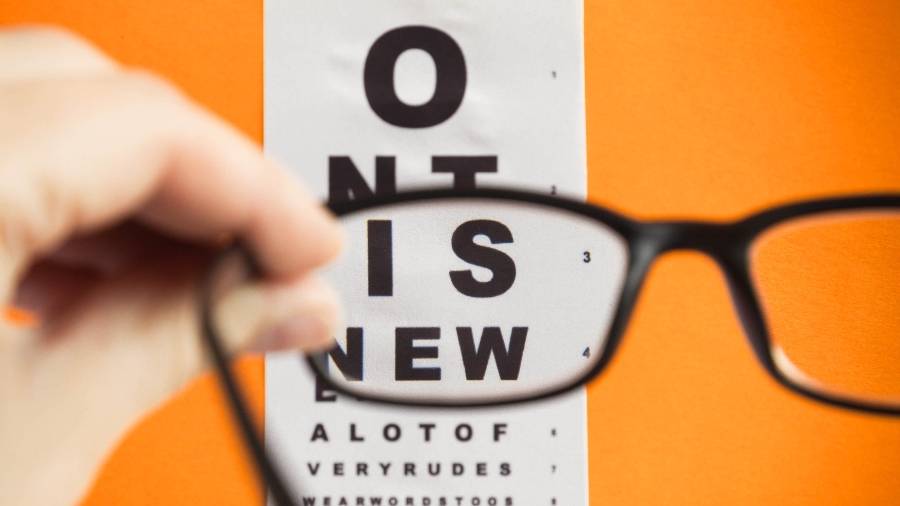Cataract is a condition where there's clouding and discoloration of the eye's naturally transparent lens. This happens when there’s a build-up of proteins in the lens. As a result, less light enters the eye, causing fuzzy vision, heightened sensitivity to glare and impaired vision in the dark.
The size of the problem
Primarily associated with the elderly but known to also affect children and adolescents, cataracts are a leading cause of treatable blindness worldwide. Putting the scale of the problem into perspective, Dr Julian Theng, medical director of Eagle Eye Centre, says, “Globally, an estimated 65 million go blind purely due to cataract.”
In developed countries like Singapore however, the prevalence of cataract is lower, partly due to access to high quality, affordable medical care. Despite this, more than 60% of patients, or three in five, are unaware that they have cataract, says Dr Theng, who’s a Singlife panel specialist.
“About 20% to 30% of patients go to an eye doctor for issues related to cataract with many requiring cataract surgery. More than 30,000 cataract surgeries are performed in Singapore annually,” he adds.
With our ageing society and a growing prevalence of other medical conditions like diabetes, the number of patients needing cataract surgery is likely to increase.
What you need to know about cataracts
Dr Theng reveals six facts about cataract that’ll help you understand eye health better.
Keep those peepers healthy!
- Get regular health checks to screen for diabetes and age-related macular degeneration.
- Wear sunglasses when outdoors to reduce UV damage!
- Eat a balanced diet rich in omega-3 foods to help with dry eye symptoms.
- Take care against conditions which can lead to poor vision.


Fact 1: “Cloudy eye” isn’t always due to cataract.
When someone says, “My vision is getting more cloudy”, it could be due to a developing cataract or something more sinister like inflammation or bleeding in the eye.
Similarly, a statement like “I see something cloudy in my eye” could refer to a developing cataract where the normal red reflex in the eye is no longer seen, or it could be the result of a completely different issue, such as corneal swelling where the cornea is no longer transparent and appears hazy, or an infection where there may be white spots on the cornea.
It’s important to have a thorough eye check to ascertain the underlying cause of the symptoms.
Fact 2: Some people dismiss cataracts as a normal part of ageing that they have to live with.
In Singapore, the majority of patients with cataract get appropriate treatment in a timely manner. However, a small portion of patients continually dismiss their symptoms of blurred vision and even accept it as a normal part of ageing. Some patients have cataract that is more severe in one eye and continue to function with just one good eye, not realising that leaving the cataract untreated can result in permanent vision loss. While changing to a new pair of glasses can improve vision in patients with cataract, this may be a temporary fix. A sign of worsening cataract could also be the need for frequent changing of glasses because the degree in the eye fluctuates as the cataract develops.
Fact 3: Smoking and diabetes increase your risk of cataracts.
Smoking increases the risks of conditions like lung cancer, heart disease and even stroke. A lesser known fact is that smoking also increases the risk of developing cataracts. That’s one more great reason to quit this deleterious habit.
Another common health issue, diabetes increases the risk of cataract too. It can also cause other vision problems like bleeding and swelling in the eye. To make the problem worse, poor blood sugar control increases the risk of severe infections and impairs wound healing.
Fact 4: It’s impossible to reverse severe cataract without surgery.
For some people with mild cataract, using a magnifying glass or changing to higher power spectacles may bring their vision to an acceptable level. But this isn’t a permanent fix for more serious conditions, as the cataracts will become more dense and progressively require more frequent changing of spectacles to higher power. Surgery is needed when the patient is unable to see well enough to perform daily activities even with the use of spectacles.
However, there’s no need to wait till this point to have a surgery; it can be done at any stage of the cataract development.
Fact 5: Cataract removal takes 15 to 20 minutes, and you can return to most of your daily activities within seven to 10 days.
During what's known as phacoemulsification surgery, ultrasound energy is used to break up the cataract to allow its removal through a vacuum system. Once the cataract is removed, an artificial lens (Intra-Ocular Lens) is inserted into the eye. This allows restoration of vision, correcting refractive errors like myopia, hyperopia and astigmatism at the same time. Vision will be better by the next day after surgery, with more stable visual improvement within four weeks.
Post surgery, you’ll be able to return to most of your daily activities like reading the newspapers and cooking within seven to 10 days. Avoid getting any water into the eye, avoid swimming in the first month and avoid vigorous exercise in the first one to two weeks. Resist the urge to rub the eye and use the prescribed eye drops as indicated. You’ll be given goggles to wear at night, to prevent eye rubbing during sleep.
Fact 6: Cataract usually doesn’t come back after removal.
Once a cataract is removed, it won’t come back again. In some patients, an after-cataract (Posterior Capsule Opacification) develops. This is due to the proliferation of residual cells which line the bag of the lens resulting in the feeling that a cataract has come back. After-cataracts are easily treated with a laser which permanently removes it.
Tips to prolong eye health for adults
- Get regular health checks to screen for diabetes, glaucoma, cataract and age-related macular degeneration.
- Wear sunglasses when outdoors to reduce UV damage to structures in and around the eye, such as the eyelids and conjunctiva.
- Eat a balanced diet rich in omega-3 foods like sardines, spinach and almonds to help with dry eye symptoms.
- Take care of your general health as conditions like hypertension and diabetes can lead to poor vision.








